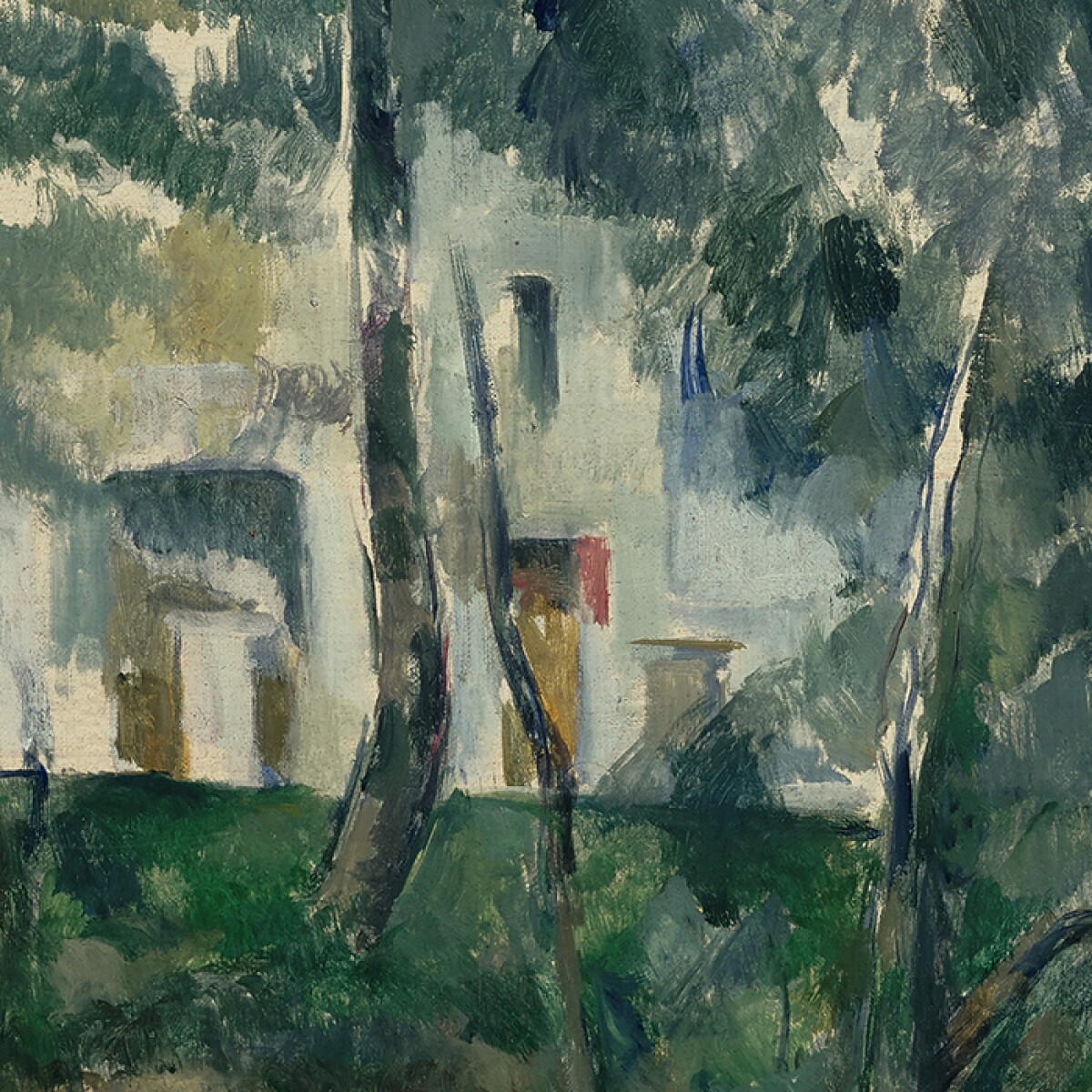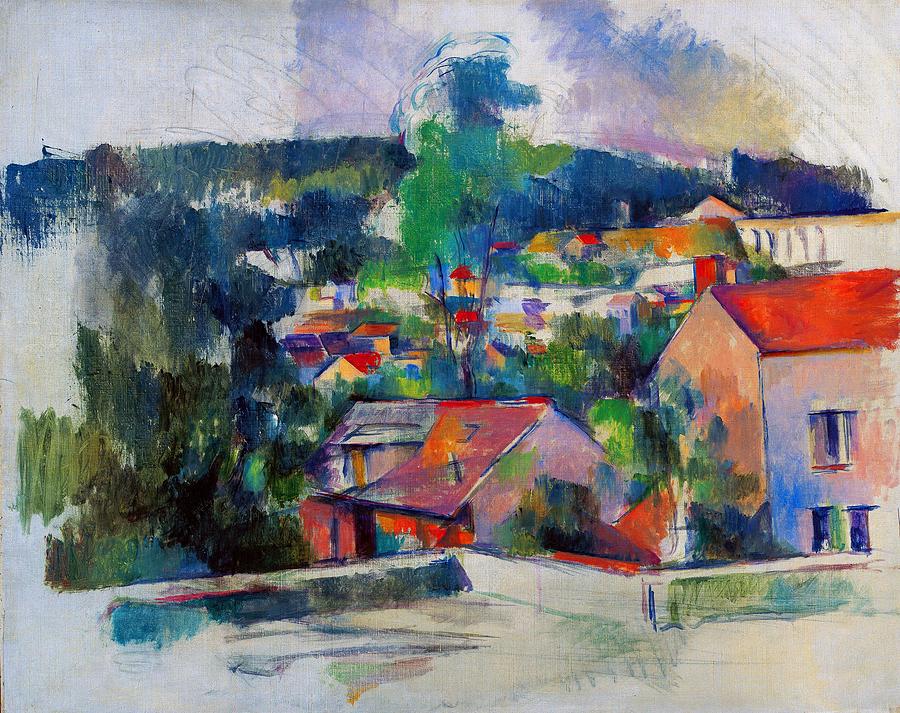

He wanted more than the quick impressions of the Impressionists (nature, he wrote to a fellow artist, “is more depth than surface”) and devoted himself to studying the natural world. In the years when his friends Manet, Monet, Pissarro and Renoir were finally gaining acceptance, Cézanne worked furiously and mostly in isolation, ridiculed by critics and mocked by the public, sometimes ripping up his own canvases. “I will astonish Paris with an apple,” he boasted. He was bold, scraping and slapping paint onto his still lifes with a palette knife. He wanted to capture “the green odor” of his Provence fields and “the perfume of marble from Saint-Victoire,” the mountain that was the subject of so many of his paintings. The old masters, he told the poet Joachim Gasquet, painted warmblooded flesh and made sap run in their trees, and he would too. “It was by painting his own particular, familiar landscape,” says the National Gallery’s Philip Conisbee (co-curator of the exhibition with Musée Granet director Denis Coutagne), “that Cézanne changed the way later generations would see the world.”

The exhibition will move to the newly renovated Musée Granet in Aixen-Provence (June 9 through September 17) as a highlight of a national celebration in France officially marking 2006 as the Year of Cézanne. An exhibition at the National Gallery of Art in Washington, D.C., “Cézanne in Provence” (January 29 through May 7), features more than 100 paintings the artist executed in and around his hometown of Aixen-Provence in southern France. The show, which goes on to the Musée D’Orsay in Paris (February 28 to May 28), highlights the period of Cézanne’s immersion in Impressionism, when he often painted side by side with artist Camille Pissarro. “Pioneering Modern Painting: Cézanne & Pissarro 1865- 1885,” an exhibition organized by New York City’s Museum of Modern Art, is on view at the Los Angeles County Museum of Art until January 16. In this centennial year-Cézanne died October 23, 1906, at age 67-two shows focus on different aspects of the career ofthe gutsy iconoclast who has been called the father of modern art. He was obsessed with tradition and obsessed with overturning it. He haunted the Louvre, copying sculptures and paintings into his sketchbooks, yet critics said he couldn’t draw. He hated the official Paris Salon but kept submitting his work to its judges. He scorned priests but went faithfully to Mass.

He spouted profanities yet could recite long passages of Virgil and Ovid in Latin. Yet in spite of the total disregard of the dictionary of manners, he shows a politeness towards us which no other man here would have shown.”Īs Cassatt observed, there was something surprising, even contradictory, about Cézanne. “He scrapes his soup plate, then lifts it and pours the remaining drops in the spoon he even takes his chop in his fingers and pulls the meat from the bone. “His manners at first startled me,” she wrote to a friend. In the fall of 1894, the American painter Mary Cassatt attended a dinner in the countryside outside Paris with a group of artists, among them the notoriously bohemian Paul Cézanne.


 0 kommentar(er)
0 kommentar(er)
